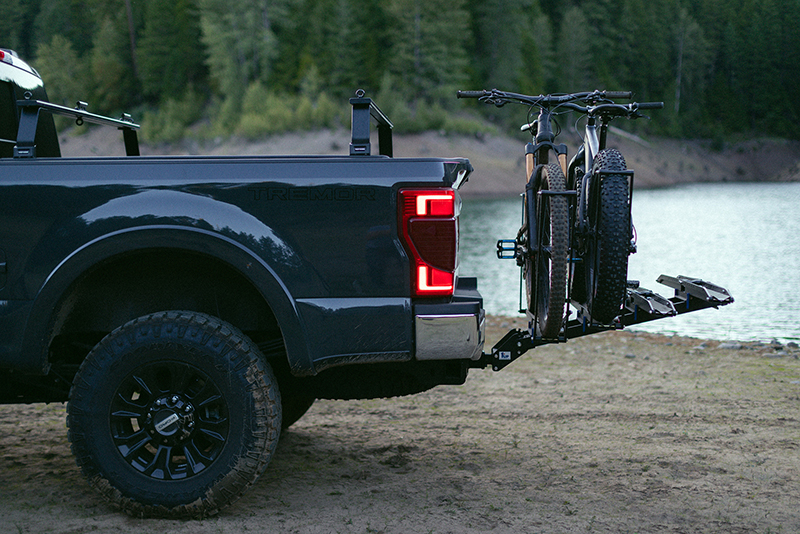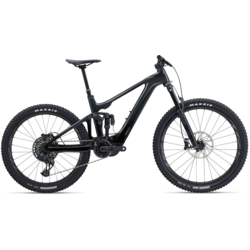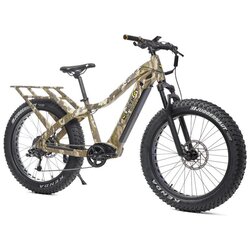Electric Bikes FAQs
Answers to Our Most Frequently Asked Questions
Can I turn off the motor and ride like a regular bike?
Yes, you can do that. eBikes weigh more than regular bikes, so it’s going to be a little harder to ride. On eBikes with smart control systems such as Bosh or Yamaha you can lower the level of help you receive from the motor. If your goal is to get more exercise or make the battery last longer, then using the lowest level of assistance will likely be good for you. Most bikes you can turn off the motor but keep the control system on. This will keep the lights and console powered up, even when you are not getting help from the motor.
Are electric bicycles allowed in PA?
Yes, we understand that in Pennsylvania there are well established laws allowing Class 1, 2, and 3 on PA roads. For trails and parks, you should check with the authority governing their use. Typically, you can ride ebike wherever you can ride a regular bike. There are trails that have speed limits or do not allow class 2 bikes with throttles. You will want to get acquainted with the rules for the places you intend to ride.
See People for Bikes Electric Bike Laws State by State
Do eBikes charge as you pedal?
Typically not, and there is a good reason. Efficiency. Spinning the pedals, to run a generator, to charge the battery, to power the motor, would take a lot more human input power than just riding the bike. You would lose efficiency in each step. There may be potential for regenerative braking, similar to electric cars, but bikes do not have enough mass to make all the extra prerequisites for regenerative braking worthwhile.
What are eBike Classes (1,2,3)?
E-bikes are organized into 3 classes. Martins Bike & Fitness offers examples of all three types. The throttle-assisted class 2 is becoming less popular as the sensor technology gets better on class 1 and 3.
Class 1 is a pedal-assisted e-bike with a top motor-assisted speed of 20 mph.
Class 2 is a throttle-assisted e-bike with a top motor-assisted speed of 20 mph.
Class 3 is a pedal-assisted e-bike with a top motor-assisted speed of 28 mph.
Do ebikes have throttles?
Yes there are some ebikes that have throttles. A throttle is a device that allows the rider to control the speed of the e-bike without pedaling. Our class 2 ebikes are an example of such bikes. We also sell some unregulated ebikes that have a hand throttle. Check your trails before you purchase to see if such bikes are permissible. Also keep in mind that throttles are becoming less popular as the sensor technology gets better on class 1 and 3.
Are ebike batteries dangerous?
E-bike batteries are generally safe to use, but as with any battery-powered device, there are some potential risks associated with them. To minimize the risks associated with e-bike batteries, it is important to follow the manufacturer's instructions for use and maintenance. This may include regularly checking the battery for damage, avoiding extreme temperatures, and properly storing the battery when not in use. Additionally, it is important to only use the charger provided by the manufacturer and to avoid overcharging the battery.
Will my current hitch rack work to transport ebikes?
Maybe. Check your owner’s manual to see what the weight ratings are for your current rack. Martins can also help you find the capacity info for your rack. We highly recommend a tray rack system. These newer racks hold the bikes by the wheels and are much more secure. Some of these are rated for up to 3 seventy-five-pound bikes. Also if you do not want to lift your bikes, there are racks that have ramps or lift motors.
Which Electric Bike is Best?
The best electric bike for you depends on your specific needs and preferences, such as your budget, riding style, distance you plan to travel, and terrain you will be riding on. Our top selling ebikes are: Giant/Liv/Momentum and Quiet Kat. We also have lots of specialty ebikes that may fit your specific needs. It's important to do your own research and test ride different electric bike models to find the one that fits your specific needs and preferences.
How Long Till I Need a New Battery?
The lifespan of a lithium-ion battery can vary depending on several factors, including the quality of the battery, and how it is used and maintained. In general, a lithium-ion battery will typically last between 300-500 charge cycles. However, with proper care and usage, it is possible for a lithium-ion battery to last longer than this. Example Giant/Liv/Momentum use Panasonic brand batteries rated for up to 700 recharges. Some ways to extend the lifespan of a lithium-ion battery include: Avoiding extreme temperatures (both high and low). Avoiding deep discharge cycles (especially storing with a low charge). Using the correct charger and charging the battery properly.
How Far Can I Ride Per Charge?
We sell ebikes that are rated at over 150 miles per charge. These range numbers are provided by the manufacturers. The bikes are tested in the most ideal settings and with the lowest level of assistance. In our area it will be almost impossible for you to get the max range, as we have hills and tend to ride in the mid to upper levels of assistance. In the store we show this high number provided by the MFGs but also estimate what you might expect for local riding. Usually our more realistic number is 50-80% of the highest mileage range provided by the MFG. Most mid-drive class 1s will give you an all day ride. There are also range extenders and larger batteries available for most bikes. These are useful if you are doing a multi-day ride and will not have the option to charge overnight.







